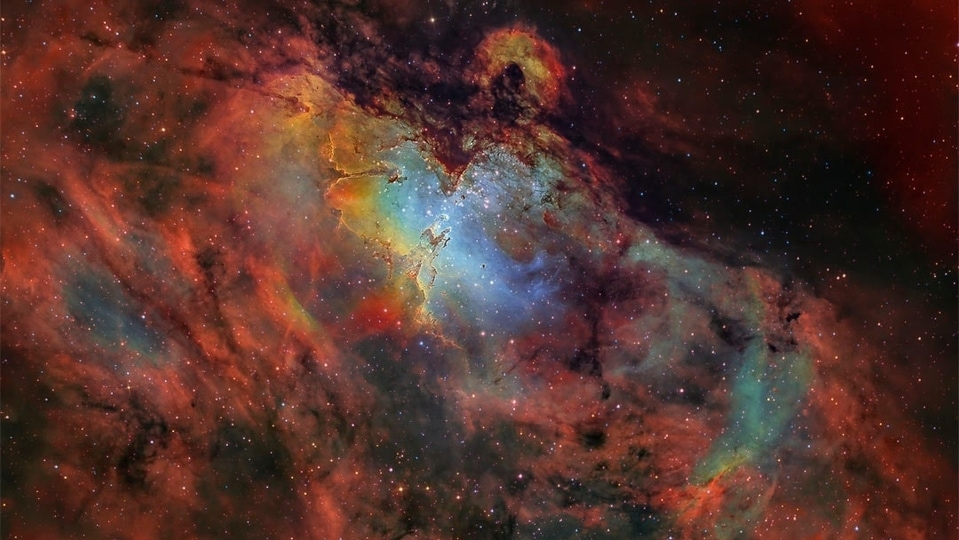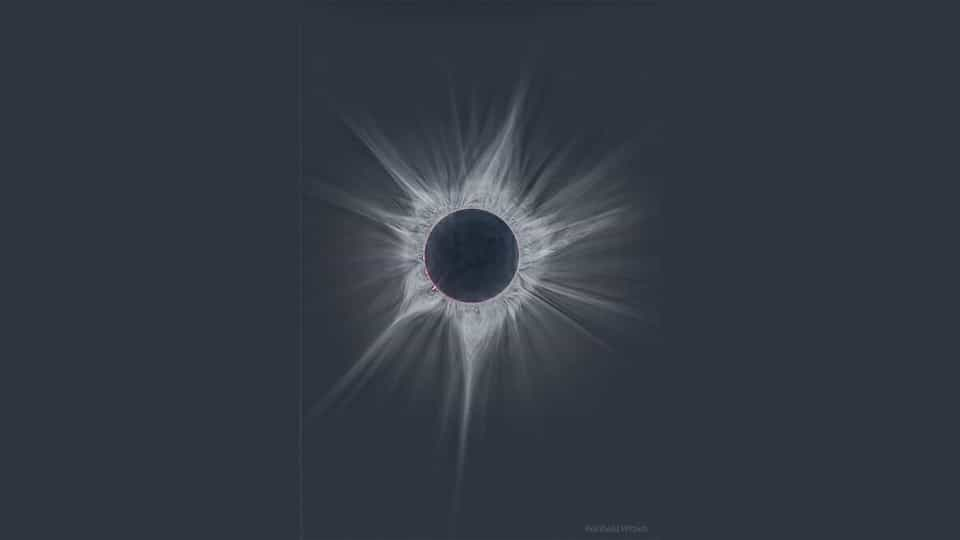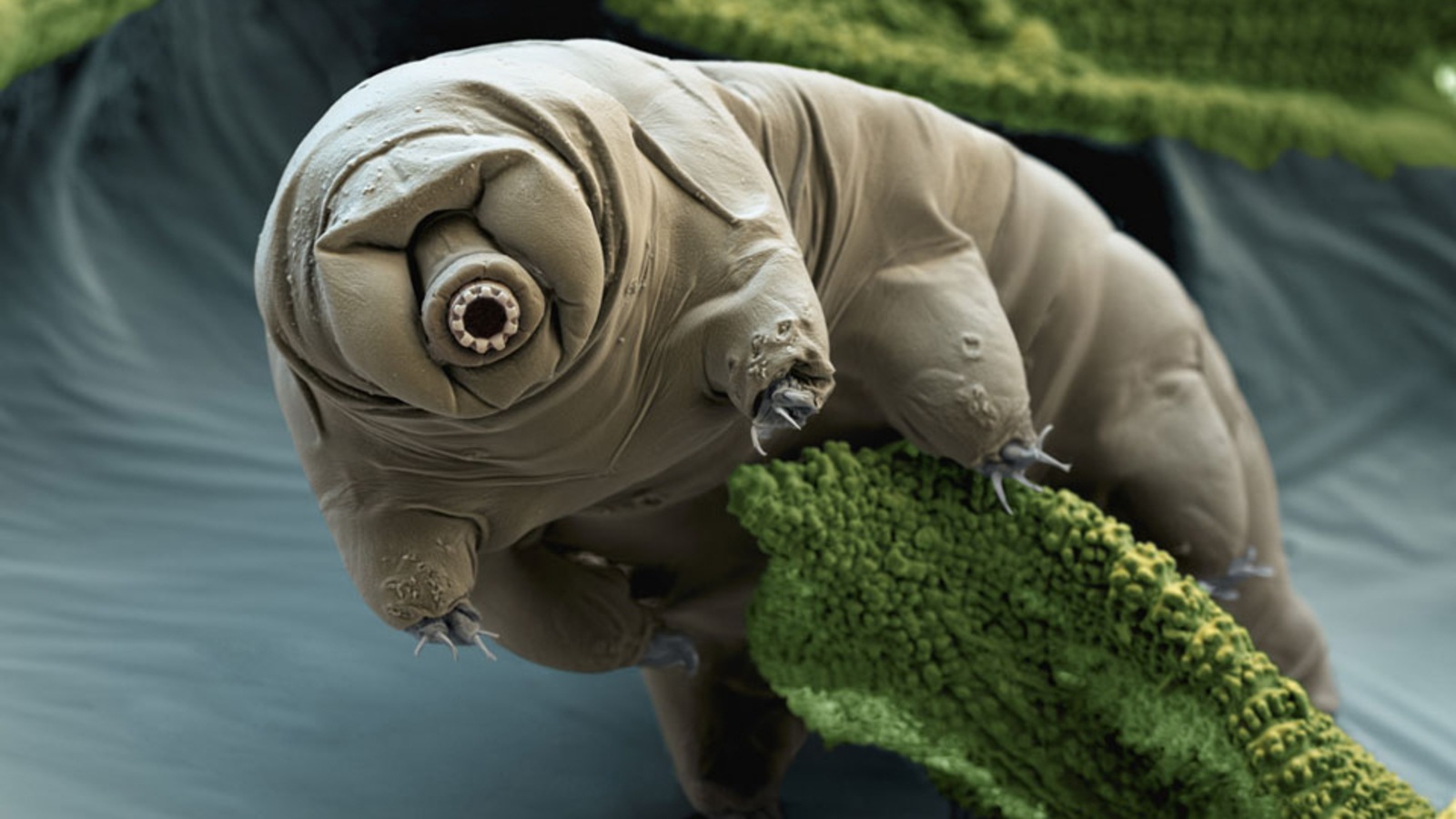NASA Astronomy Picture of the Day 21 May 2023: An alien-like animal!
NASA Astronomy Picture of the Day 21st May is arguably that of the toughest animal on Earth. In fact that, it is said to be the best candidate to be an alien. NASA explains why.






 View all Images
View all ImagesThe idea of the presence of aliens has always fascinated humans! From sci-fi movie plots revolving around aliens to scientific studies to find life beyond Earth have always kept the excitement alive. The existence of aliens is a captivating question that has intrigued NASA scientists too for a long time. Although, scientists haven't found life on other planets or obtained scientific evidence supporting the existence of extraterrestrial life, NASA is still actively looking for evidence.
Meanwhile, NASA Astronomy Picture of the Day 21st May has shared an intriguing image of a Tardigrade animal in Moss. Is this an alien? You must be thinking! But as mentioned earlier, there is no proof of aliens so far. But for all the animals on Earth, the tardigrade might be the best candidate for an alien! Wondering why? NASA spills the beans on this.
What are Tardigrades
Along with the picture, NASA explains that Tardigrades are more common than humans across Earth. They are also known as water bears which are little microscopic organisms. Tardigrades are considered to be the best candidate to be an alien-like animals because they can live for decades without food or water. Not just that, Tardigrades can survive temperatures from near absolute zero to well above the boiling point of water, they can handle pressure from near zero to well above that on ocean floors, and can absorb direct exposure to dangerous radiations.
NASA has tested its far-ranging survivability in 2011 outside an orbiting space shuttle. NASA says that "Some of these miniature water bears almost became extraterrestrials in 2011 when they were launched toward the Martian moon Phobos." Later, they were launched toward Earth's own moon in 2021, but the former launch failed and the landing was crashed.
What's the reason behind the durability of these microorganisms? Tardigrades possess these remarkable abilities due to their ability to repair their DNA and reduce their body water content to a few percent.
Catch all the Latest Tech News, Mobile News, Laptop News, Gaming news, Wearables News , How To News, also keep up with us on Whatsapp channel,Twitter, Facebook, Google News, and Instagram. For our latest videos, subscribe to our YouTube channel.




























